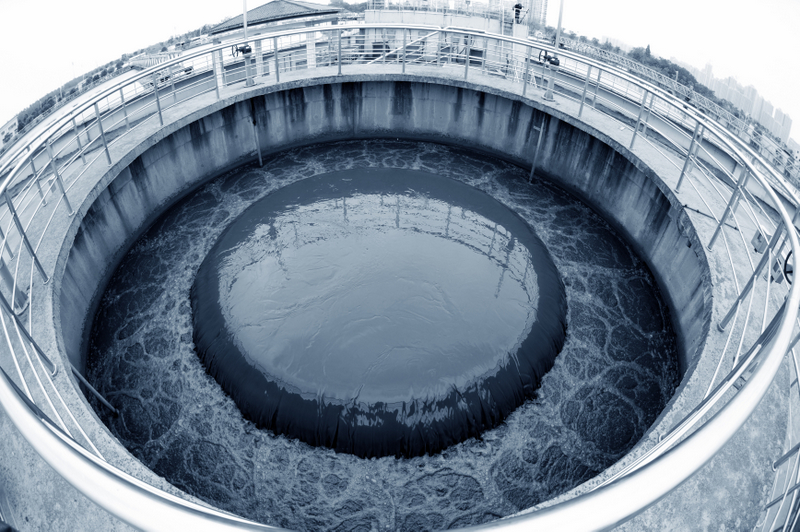
Several excellent articles have identified the unanticipated environmental and regulatory issues for craft brewers posed by the discharge of non-toxic food grade wastewater into sophisticated public wastewater treatment plants. Those treatment plants, or as they are more commonly known, Publicly Operated Treatment Works (POTW), are governmental entities established under state law and possessing the authority to establish their own regulations. Although the provisions of each POTW’s regulations vary, they inevitably establish effluent standards for all dischargers (i.e., generic limits) and also require large dischargers to apply for and obtain permits. Of greatest concern to craft brewers are the generic limits for pH, biological oxygen demand (BOD) and total suspended solids (TSS). BOD is a measure of nutrients and TSS is a measure of suspended solids. The typical range for untreated “end-of-pipe” effluent from breweries exceeds the generic limits enacted by most POTWs.
Check out the Water and Wastewater: Treatment/Volume Reduction Manual. It is prudent for craft brewers to utilize the techniques described in the manual to achieve consistent compliance without the need to install expensive wastewater pretreatment equipment. Such pretreatment equipment utilizes one or more physical, chemical or biological operations to knock down contaminant concentrations to acceptable discharge limits.
All but the smallest craft brewers must also obtain discharge permits. While many craft brewers would not consider themselves to be major industrial users, the permit threshold is set quite low. Most POTWs require permits for those that discharge more than 25,000 gallons per day. However, that threshold is illusory as permits are also required for those that discharge more than the mass equivalent of 25,000 gallons per day of domestic wastewater. Given that the BOD and TSS of domestic wastewater are much less concentrated than brewery effluent, the real permit threshold for brewers is lower than 25,000 gallons per day.
Brewers that discharge to smaller systems require permits if their effluent is more than 5 percent of the hydraulic or organic loadings to the POTW. Finally, even if none of these permit thresholds are exceeded, POTWs retain the discretion to require permits for any discharge they suspect might cause problems for their operations. Permits typically establish monitoring and reporting obligations in addition to reiterating the generic discharge limits.
The good news for craft brewers is…
There is the opportunity to negotiate permit conditions and craft (no pun intended) a permit for which compliance can consistently be achieved. At any particular time, the POTW might have excess capacity and be amenable to increase the otherwise generic limits. Opportunities to recast the permit limits to the mutual benefit of both the POTW and the discharger are possible. For example, craft brewers engaged in water conservation efforts run the risk of increasing the concentration of TSS in the remaining effluent. In such a situation, they might request the permit limit be recalculated as a mass of solids discharged.
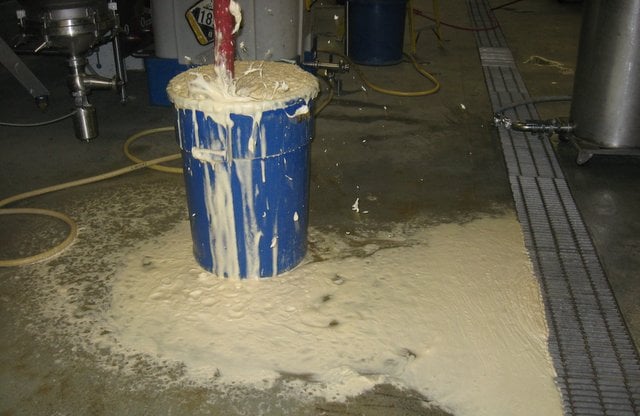
Since permits also establish monitoring and reporting protocols, careful thought ought to be put into those requirements as well. While a monthly grab sample might be less expensive, that runs the risk of being taken when the discharge is atypically concentrated and hence a permit exceedance. A permit might alternatively allow for a continuous sampler that would provide a composite measure and thus avoid that risk.
The best time to explore the opportunity to obtain favorable permit conditions is before the permit is even applied for. Talking with the POTW staff to gain an understanding of their needs and their available discretion is wise. For example, permit exceedances are often automatically subject to additional fees to cover the cost of treatment — so called surcharges. If the POTW is interested in being reimbursed for its additional treatment costs, the permit might have a surcharge limit, which if exceeded requires additional payment. However, that surcharge limit need not be the permit limit, the violation of which has additional implications, as discussed more thoroughly below.
If, despite the brewer’s best efforts, a permit with unachievable permit limits or unacceptable monitoring, reporting or other conditions is issued, there is still the opportunity for relief. All permit issuance processes specify a procedure for a hearing and an appeal.
After permit issuance
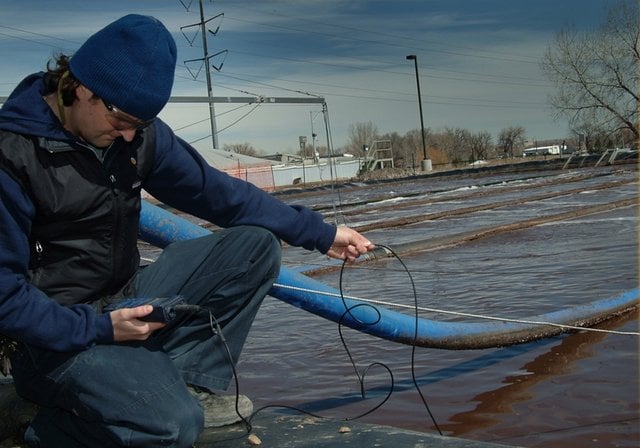
Even with a permit there still may be exceedances of permit conditions. Even a well-operated facility will have times when compliance will not be achieved. There are some monitoring techniques that can avoid permit violations. For example, if permit limit is set as a monthly “average” but the minimum number of samples per month is one (not unusual), then sample early in month. If that sample is an exceedance, then it is still possible to resample later in the month to have additional compliant sample(s) to average into the monthly average. Do note, however, that all sampling, required or not, must be reported, so this strategy cuts both ways.
Exceedances should not be ignored. Monitoring reports are considered “admissions” in any later enforcement action (which might not be brought for years). However if dischargers have an explanation for an exceedance they need to assert that immediately. POTW regulations provide a procedure to assert an “affirmative defenses” to violations. These typically include Upset, Intentional and Unintentional Bypass and Laboratory or Sampling Error. While not an automatic pass, they can provide the legal basis to forgive a violation in response to a later initiated enforcement action.
An Upset is just about as it sounds — an unexpected situation. The facility must have been otherwise properly operated, the cause of the condition must not have been negligent and the violation reported promptly (typically within 24 hours) and documented to the POTW within five days.
Bypass is the anticipated or unanticipated diversion of wastewater from pretreatment equipment. It must have been unavoidable and done to prevent death, personal injury or significant property damage. The same operational and reporting conditions applicable to the Upset defense must also be satisfied.
A discharger asserting a Laboratory or Sampling Error affirmative defense must be able to demonstrate that the exceedance was the result of unanticipated test interferences, sample contamination, analytical defects or procedural deficiencies beyond the control of the permitee. The practical difficulty with assertion of this defense is that the outside sampling and laboratory company has to effectively admit its error for the permitee to assert the defense. If the defense is not successful, the testing and laboratory company would have already admitted its own malpractice to the discharger and can be certain that it will face a lawsuit by the discharger to recover its damages (i.e., the penalty).
Enforcement
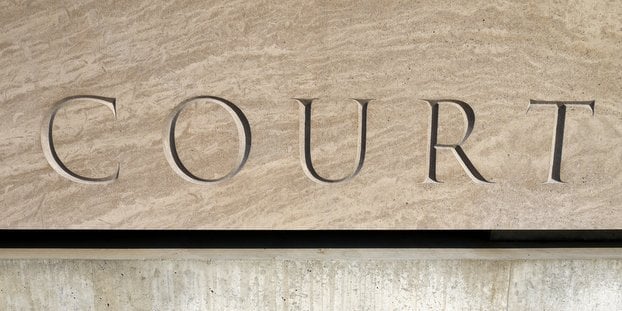
POTWs have enforcement authority which ranges from notices of violation (akin to a warning) to penalty assessments, compliance orders, imposition of additional monitoring and termination of service. If an enforcement sanction other than a Notice of Violation is received, the discharger has due process rights to a hearing and right to appeal. It is most important to note that the discharger must explicitly exercise his request for a hearing or appeal in timely fashion. Settlement discussions do not “stay” the notice period. Once it expires, the penalty or sanction is final and enforceable.
Permitees shouldn’t be lulled into sense of complacency about exceedances just because the POTW has not started an enforcement action. Payment of a surcharge (if also a permit exceedance) is not a sign that all is well. State environmental agencies or the United States Environmental Protection Agency can seek penalties and injunctive relief even if the POTW is not enforcing its regulations. Nationally, there are several instances of brewers having been subject to multimillion dollar judgments for permit exceedances not enforced by their POTW.
A final enforcement concern is so-called citizen suits. Both federal and state laws allow any citizen, in absence of effective enforcement by governmental entities, to file actions seeking compliance, penalties and attorney’s fees from dischargers as “private attorneys general.” These citizen suits require at least 60 days’ notice to the governmental agencies and the discharger, thereby allowing the enforcement agency to do its job and thus obviate the right of the citizen to sue on the government’s behalf. Any craft brewer receiving such a notice is well advised to speak with its POTW to start and settle an enforcement action in an attempt to obviate such a suit.
The alternative is a citizen suit in which a court can order the defendant to pay the citizen’s attorney fees, even if the citizen is only partially successful. Since the motivation to initiate a citizen suit is often unrelated to the real or perceived environmental harm (e.g. neighborhood opposition, disgruntled former employee, competitors) dischargers should maintain compliance in order to minimize their profile as a target of such suits.
Edward A. Hogan is a member and co-chair of the Environmental Law Practice Group of Norris McLaughlin & Marcus, a law firm with offices in New York, New York, Allentown, Pennsylvania and Bridgewater, N.J. Hogan is admitted in all three states. He represents and counsels manufacturers, brewers, developers, redevelopers, commercial entities and highly regulated service businesses in all aspects of environmental law and litigation.

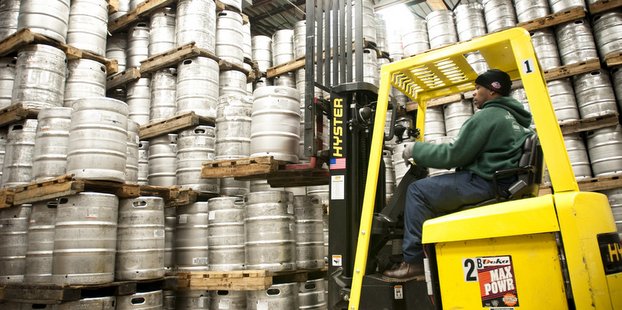

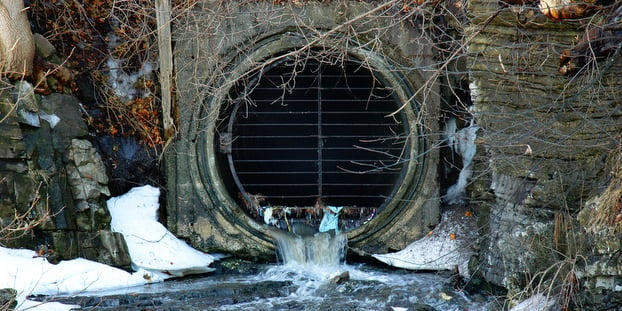

[…] & Marcus, P.A., and Co-Chair of the Environmental Law Group, has written the article, “Wastewater enforcement issues for craft breweries: From permit issuance to notices of violation,” for Craft Brewing Business to discuss how the discharge of non-toxic food grade wastewater […]